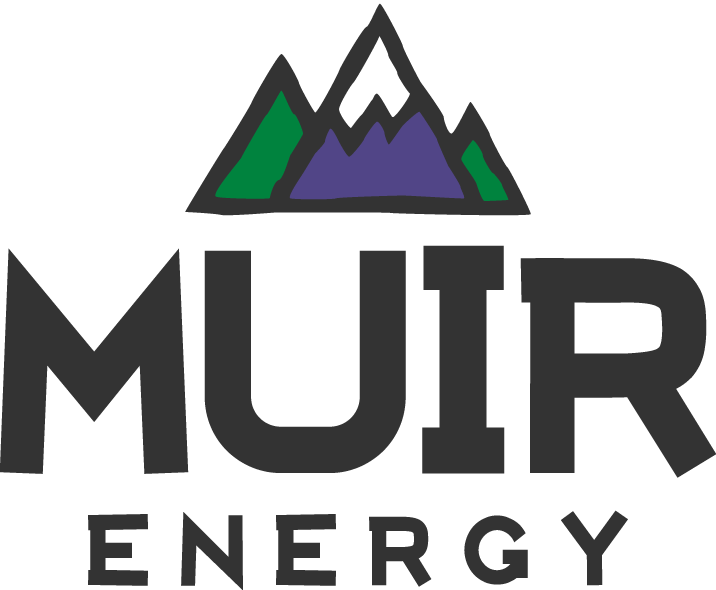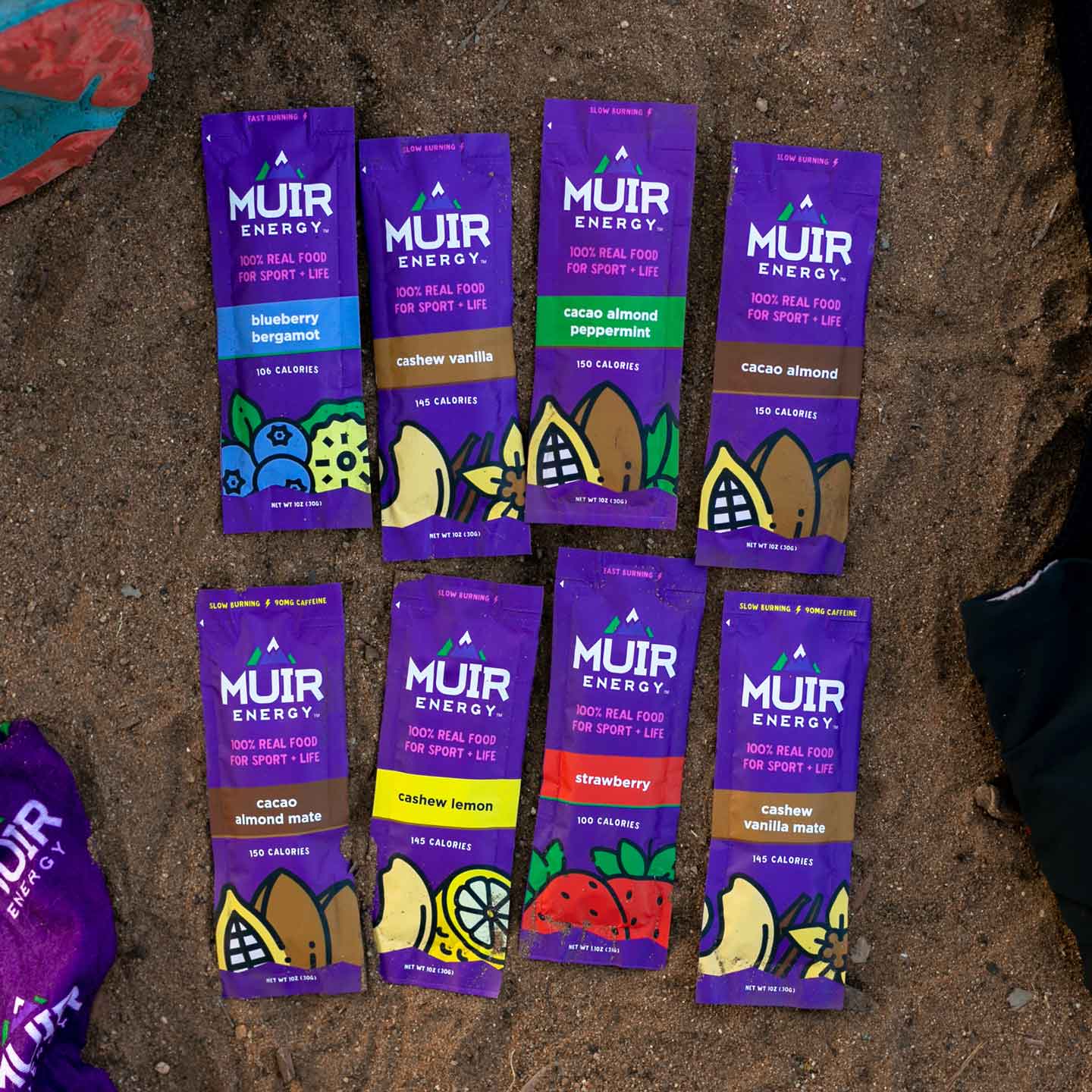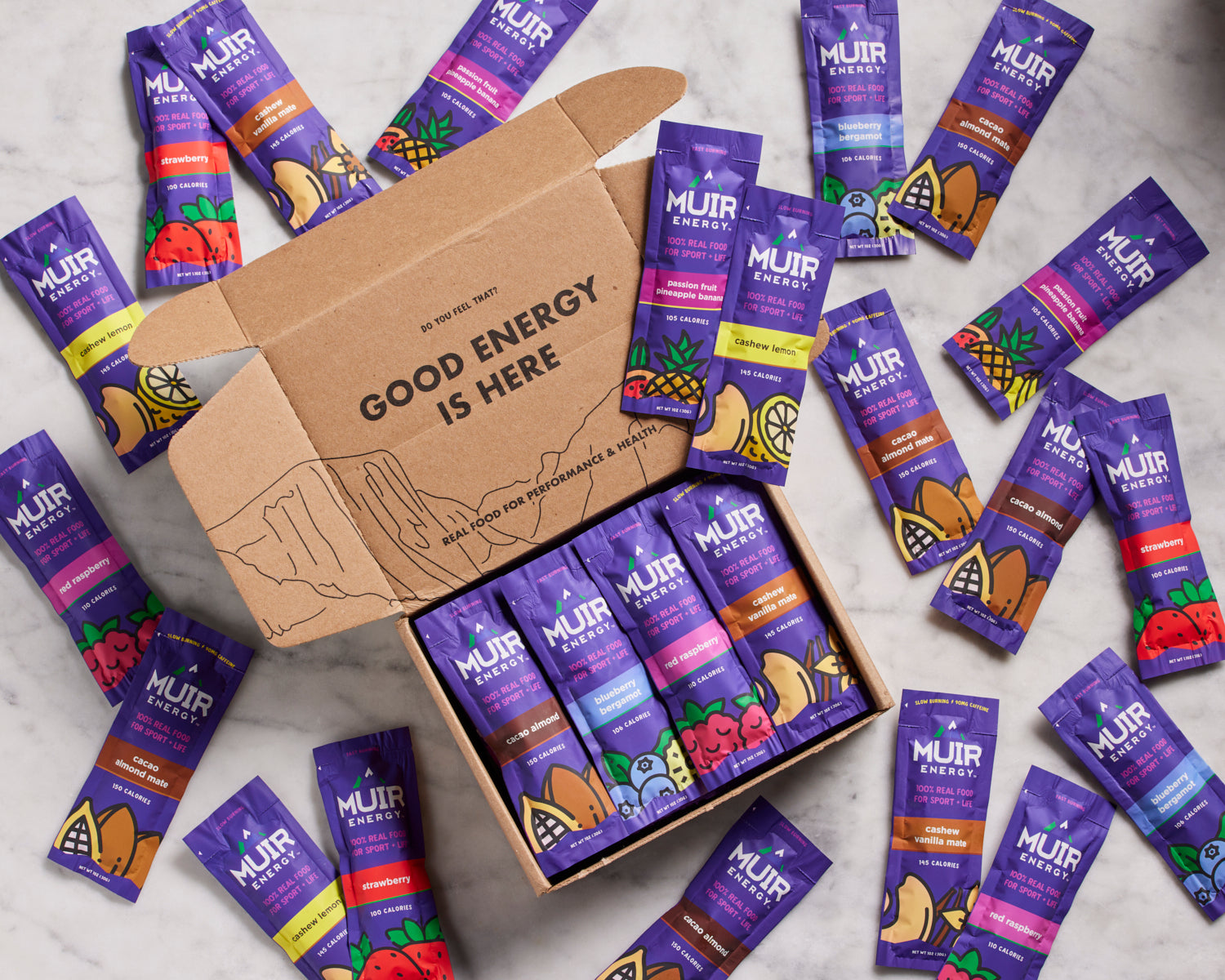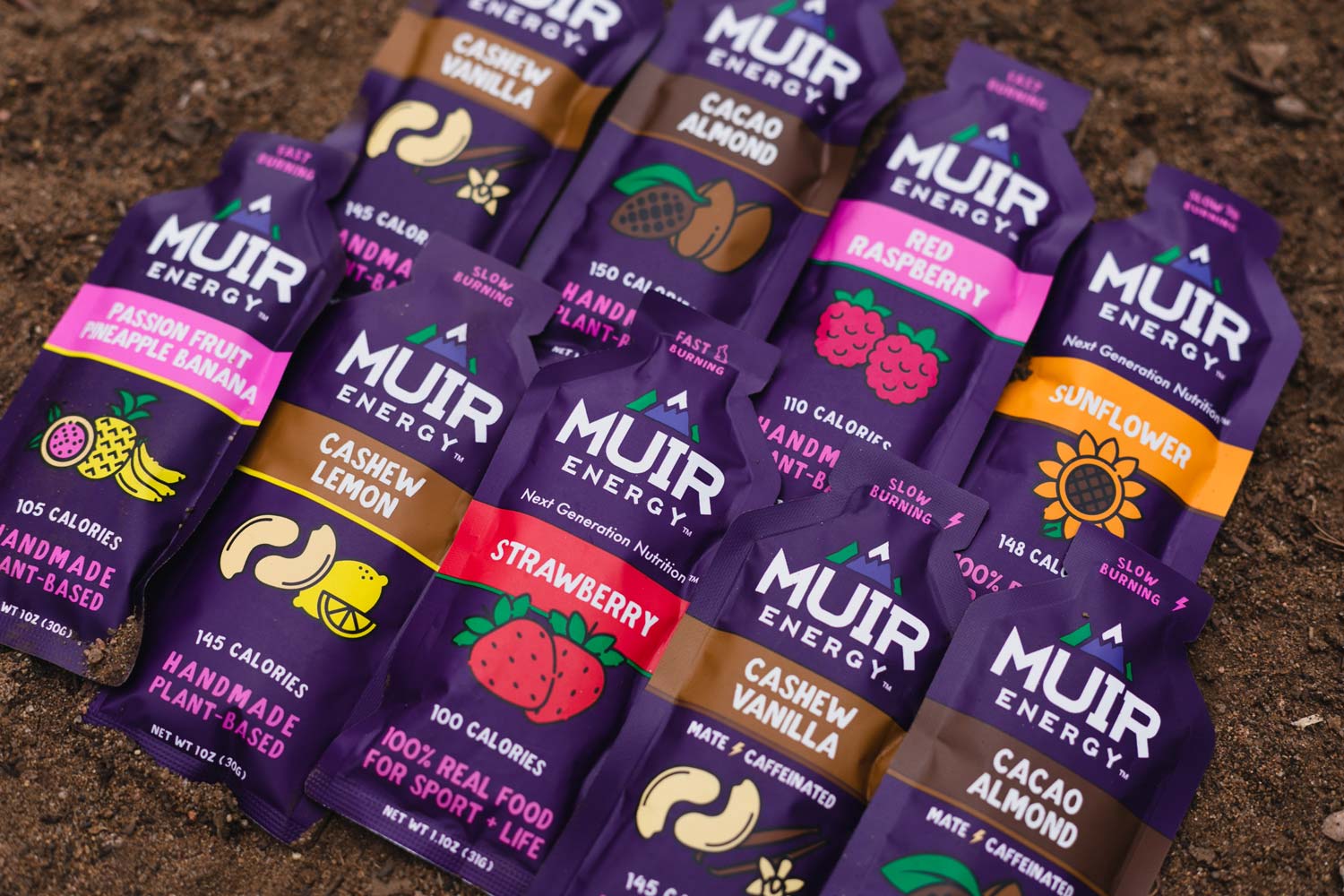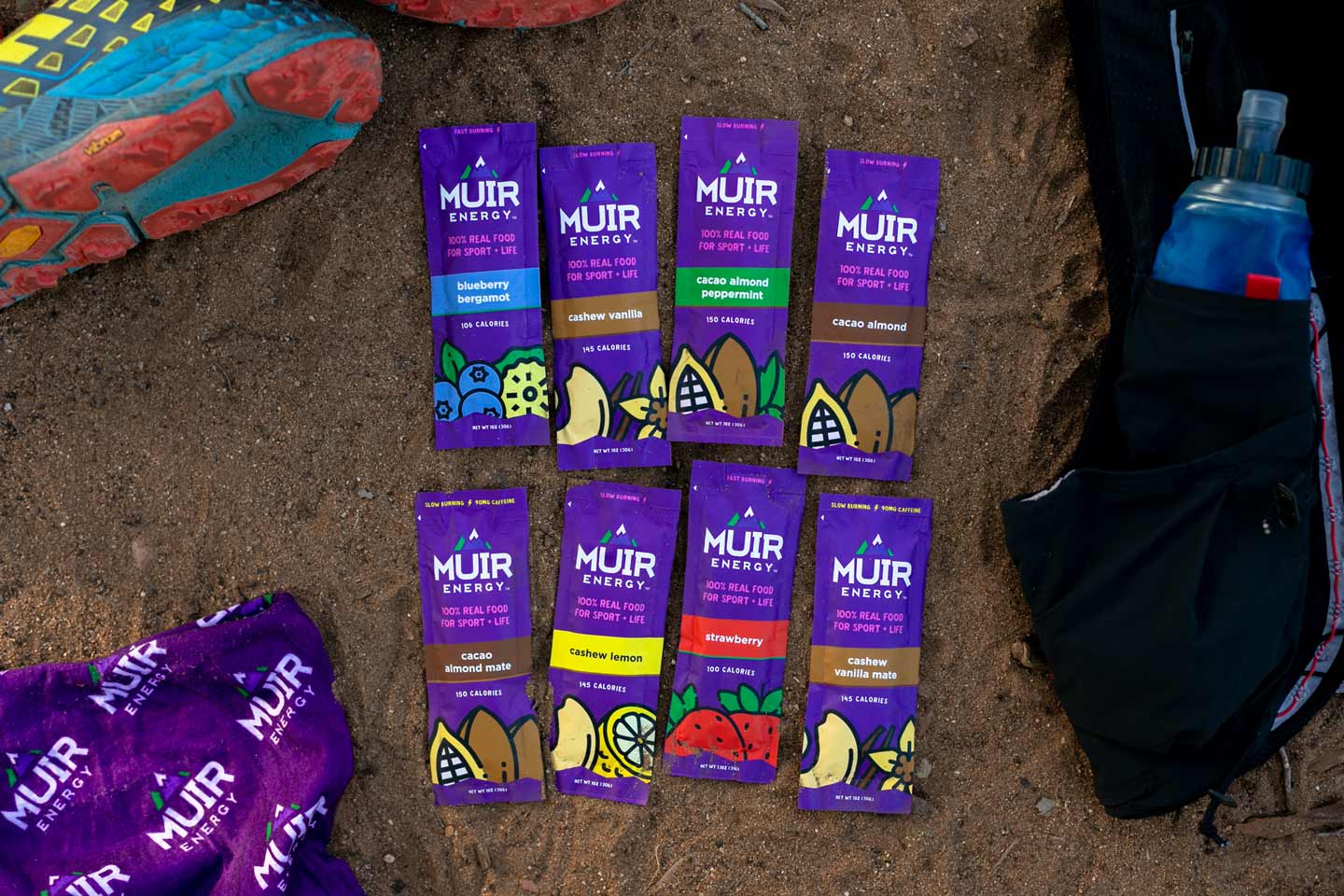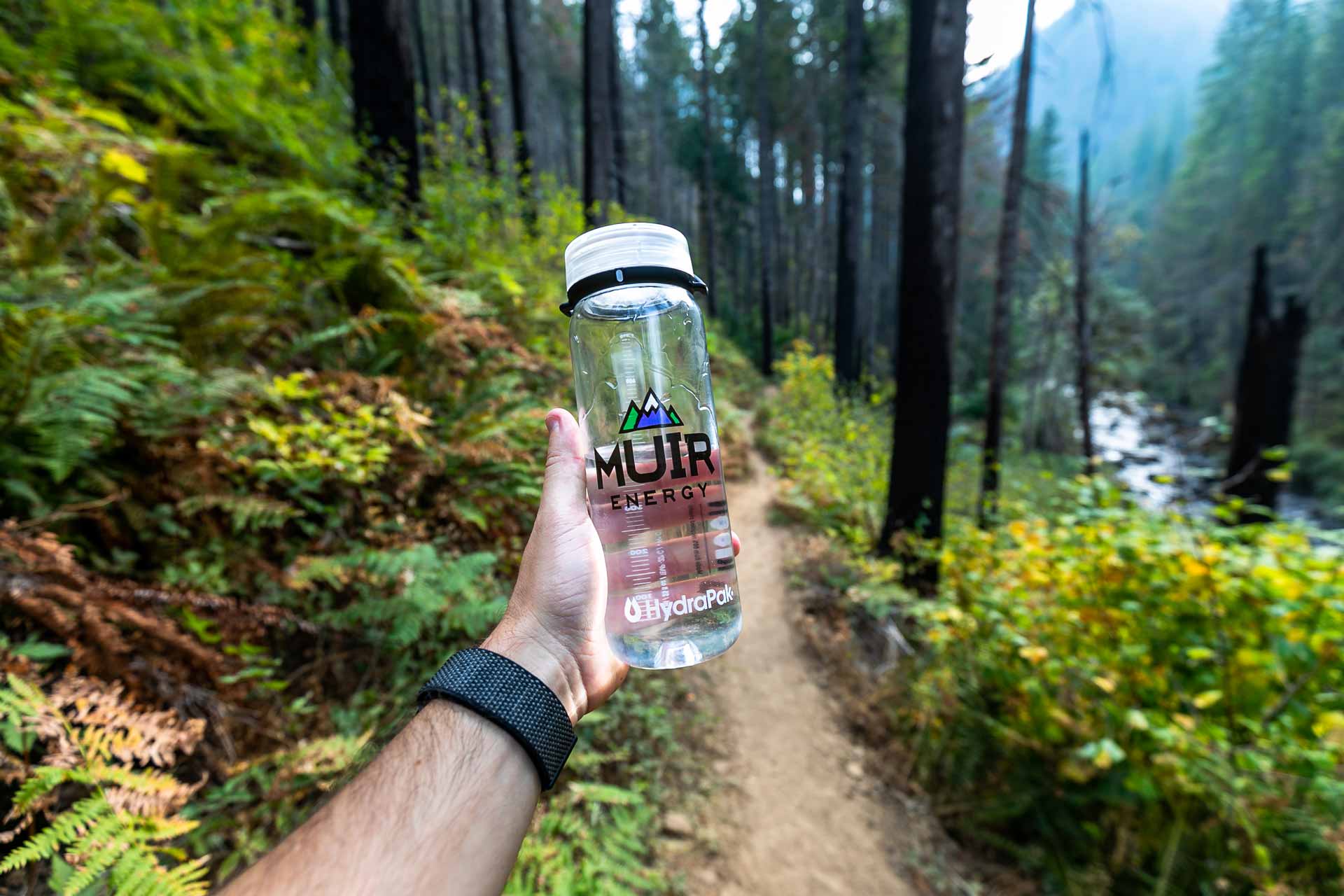Why is it so difficult to just eat while you run? Or rather, to just not eat while you run? It should be simple, right? To just eat when you get hungry, and stop when you feel full.
But experience tells us otherwise, and turns our discussion on eating while running into a hotly debated one.
It turns out that even though there’s not a one-size-fits-all approach to performance nutrition, it does break down into inputs and outputs that do affect everyone.
Understanding these inputs and outputs will improve your ability to dial in your performance nutrition, and in turn, will improve your performance.
Performance nutrition comes down to two factors: Blood Sugar and GI Stress.
Balancing these two factors is the core of performance nutrition.
This guide breaks down the why, how and when we use fast and slow burning fuels in relation to blood sugar and GI stress.
Scroll to the end to find when to use fast or slow burning fuel.
Let’s start at the very beginning:
What is fuel?
Here’s a brief but comprehensive outline of how food breaks down.
Yes, it’s elementary and may seem obvious, but you need to get really clear about this because it forms the basis of your performance nutrition understanding.
Your cells burn ATP or NADH by breaking down
- Glucose
- Fatty Acids
- Amino Acids
Glucose, also known as blood sugar, comes from
- Carbohydrates that you eat
- Glycogen from your body, which is how your body stores carbs
- Fat and protein that’s converted to glucose when glycogen is absent
Fatty acids, also known as fat, comes from
- Fat that you eat
- Fat stored on the body, which can be ingested first as fat, carbs, alcohol, or protein
Amino acids come from
- Protein that your eat
- Muscle that gets broken down for fuel
Other parts of food that you eat that are not fuel but are still essential:
- Vitamins
- Minerals
- Water
- Fiber
- Antioxidants
- Phytonutrients
They are important to your health and to performance, but they are not fuel. No matter what, your body cannot break down these parts of food for cellular fuel.
There are 3 Key Take-Aways from the way your body gets cellular fuel:
Convert & Burn ⇒ Glucose
Convert & Store ⇒ Fat
b) Storage you’ve already got it
Now that we’ve defined fuel and how your cells get it, internalize this concept:
Your body is always burning both sugar and fat, and only burns protein in ‘emergencies.’
This metric is what we’re interested in: the proportion of sugar/fat you’re burning at any given time.
The proportion of sugar/fat is conditional and somewhat manipulatable. There are advantages to burning more fat than sugar, but there are also advantages to burning more sugar than fat.
When do you burn a higher ratio of fat/sugar?
Fat is much more energy dense compared to sugar, but it’s very oxygen hungry. Also important to understand: your body prefers to burn fat at lower intensities.
Basically, when oxygen is not limited, your body will burn more fat. Throughout the day, you are mostly burning fat.
Fat is like burning an oak log on a fire: it burns long and slow.
Slow Burning = Fat (& Protein)
When do you burn a higher ratio of sugar/fat?
When oxygen becomes limited.
When you exercise and oxygen goes to your brain and working muscles, sugar gets burned because it doesn’t need the oxygen to burn like fat does.
Sugar is like burning pine needles in a fire: they burn fast and hot.
Fast Burning = Sugar
What are the advantages of burning a higher fat/sugar ratio?
Availability.
The main advantage of fat energy is that it’s virtually unlimited. Even the leanest runners have enough fat energy to run for over 100 hours.
What are the advantages of burning a higher sugar/fat ratio?
Speed and Strength.
Burning sugar allows oxygen to go to muscles rather than metabolism, which allows your muscles to fire stronger and faster.
Sugar is the superior fuel source for performance, but it is limited.
Because fat is limitless and sugar is superior but limited, your concern becomes managing sugar.
Actually, all of performance nutrition can be simplified as the management of sugar, electrolytes, and water.
The rest of this article will focus on managing your blood sugar for performance; we’ll save electrolyte and water management for subsequent articles.
Blood sugar is determined most simply in terms of supply and demand.
Demand depends on intensity of the workout and your biology.
Supply is determined by the stored sugar in your body, conversion of other fuel sources to sugar through gluconeogenesis, and eating sugar.
1) Demand
This is the measure of how much sugar energy you need per hour. This is affected by:
As intensity increases, the amount of sugar to fat you burn will increase.
Everyone burns sugar/fat at slightly different rates, and those rates are affected subtly. This depends on your genetics, which you can’t influence, but also what you’re trained for, which you can influence.
2) Supply
This is how much sugar you have stored, how much you're taking in through ingestion, and how much you’re converting from other fuel sources.
So, you have a few options here to maintain your blood sugar by managing your glycogen:
- End your run before your glycogen runs out – less than 120 minutes, depending on how topped off your glycogen stores are
- Decrease your intensity so your glycogen stores last longer by burning more fat.
- Ingest sugar
- Run out of glycogen, hit ‘The Wall’, and switch to fat-burning mode exclusively.
The third supply of sugar is by eating it. If you deplete your glycogen stores –which doesn’t take long--and you want to avoid hitting ‘The Wall,’ you need to eat carbs.
So why do we not drink coke throughout a 24 hour race? Because of GI stress.
THIS is the heart of performance nutrition: balancing blood sugar with GI stress.
GI Stress
GI stress is affected by ...
- Osmotic Stress
Osmotic stress is what causes water and solutes like sugar and electrolytes to pass through membranes inside of cells, which drives the exchange of digestive juices, water, and digested food between your gut and your bloodstream.
Solutes and solution want to exist in equilibrium. When that equilibrium is disrupted with an imbalance between solutes and solution, osmotic stress is created.
Osmotic stress increases with the concentration and simplicity of carbs and electrolytes.
Generally, the simpler and more concentrated a carb or electrolyte is, the quicker it will draw water into your gut, which creates osmotic stress.
Osmotic stress is decreased by decreasing concentration and/or increasing carb complexity.
Conversely, you can decrease the osmotic stress by a food on your gut by decreasing the concentration and/or increasing the complexity. So, the more complex a carb is, the slower it will be released into your blood stream, and the lower the osmotic stress.
Also, you can decrease concentration by adding other non-osmotic stressors like water, fat and protein to the carb.
Using water to dilute also dilutes calories.
The problem with diluting calories with water to decrease their osmotic stress is that it quickly becomes an inefficient way to consume calories. Fat and protein may work better for you to slow the rate of sugar absorption.
When we increase osmotic stress in the gut, it requires more resources – like oxygen, blood, energy, and water – from your body to get back to equilibrium.
Increasing osmotic stress increases GI stress.
GI Stress depends on osmotic stress, but it is not a synonym for osmotic stress.
Besides osmotic stress, GI stress is also affected by blood and energy availability. Digestion is an intense process that requires a lot of blood and energy.
Increasing intensity decreases your ability to take in calories.
The higher the intensity of your effort, the more blood and energy are drawn away from your gut to support your working muscles and brain. So, your gut is left with less blood and energy to digest food.
The more stressed your gut is, the less digestion is possible. Increasing gut stress increases time of digestion.
Decreasing the number of calories you’re able to take in per hour can affect your performance because you’re not getting enough sugar, so it’s in your best interest to keep your gut happy.
Carbs are easier to absorb than fat and protein, which becomes especially important as intensity increases.
Carbs typically cause high osmotic stress, but they make up for it by not requiring much energy or time to digest and yield powerful energy returns.
Fat and protein, on the other hand, take a very long time to digest relative to carbs, and require a lot of blood and energy. While they typically don’t cause the osmotic stress of carbs, they can still cause GI stress by demanding blood and water to digest.
So, you can run into GI trouble with both carbs, fat, and protein, but likely for different reasons: Carbs can give you digestive trouble because of osmotic stress, while fat and protein can give you trouble because of the lack of blood and energy to digest them.
What does this mean for you?
If you’re planning to deplete your glycogen stores, your goal is to eat as many carbs as you can without upsetting your GI system.
So, you need to find the balance of carbs your stomach can handle depending on the intensity of your effort. You manipulate the stress that carbs impose on your GI system by consuming them with water, fat, and/or protein.
Consuming fat and protein while exercising may not yield energy during your effort because their digestion rates are so slow, but that doesn’t mean they’re not important.
Whether or not fat and protein that you eat during exercise are actually used by your body is still in question. Fat and protein have longer digestion times than carbohydrates to digest and the calories may not actually get burned by your body in the same exercise.
But that doesn’t mean they’re not important. Fat and protein consumed while exercising can slow down the rate of digestion of carbs, which means you can mitigate stress to your GI system this way.
Fat and protein that you take in at the beginning of a multi-hour effort like an ultra-marathon may be long enough for your body to use it during the effort.
Fat and protein also tend to be more satiating than carbs. So if you’re going for a short effort or you are trying to run in a fasted (fat-burning) state and feel hungry, you can eat fat or protein to cut the edge off.
What are the consequences of poorly managing your blood sugar?
If you fail to manage your blood sugar, you will run out of available sugar and hit The Wall, and you now have two options.
- Eat. You can recover from hitting The Wall but it is not quick or easy. You need to eat, which may be difficult because your gut is usually stressed when you hit the wall, making ingestion difficult.
- Keep running through the uncomfortable transition to fat-burning, and run at this slower pace.
What are the consequences of poorly managing your GI stress?
Once you overstress your GI system, it is very difficult to recover during activity.
Poor GI stress management results in nausea, indigestion, and trips to the woods. Essentially, your body will put the brakes on taking in any more calories –which will lead to hitting The Wall.
It is very difficult to come back, but it is not impossible. For very long races like ultra-marathons, you may be able to cool your body down and relax enough to allow blood and energy to go back to your GI system and reset.
Ok, so when should you use fast-burning fuel (carbohydrates)?
-
When you think you can outrun the sugar crash
• Short races
• Workouts
• High-intensity workouts
• You see a hill and you’re going to charge it
• You need a kick at the end of your race
What about slow-burning fuel (fat and protein) ?
- When you can’t outrun the crash
- When you’re feeling hungry
- At the beginning & middle of long runs
- At the end of long runs if you can’t do super sweet anymore
- During shorter runs to train your stomach
Key Take-Aways
Performance nutrition is really just about managing your blood sugar and GI stress. This is not as easy as it sounds, because they are conflicting.
Some factors affecting blood sugar and GI stress are easier to manage than others.
Once you meet the consequences of poorly managed blood sugar and GI stress, you can recover but it is uncomfortable and time-consuming.
Fat and protein may not get burned while you’re exercising, but they are still valuable to performance.
